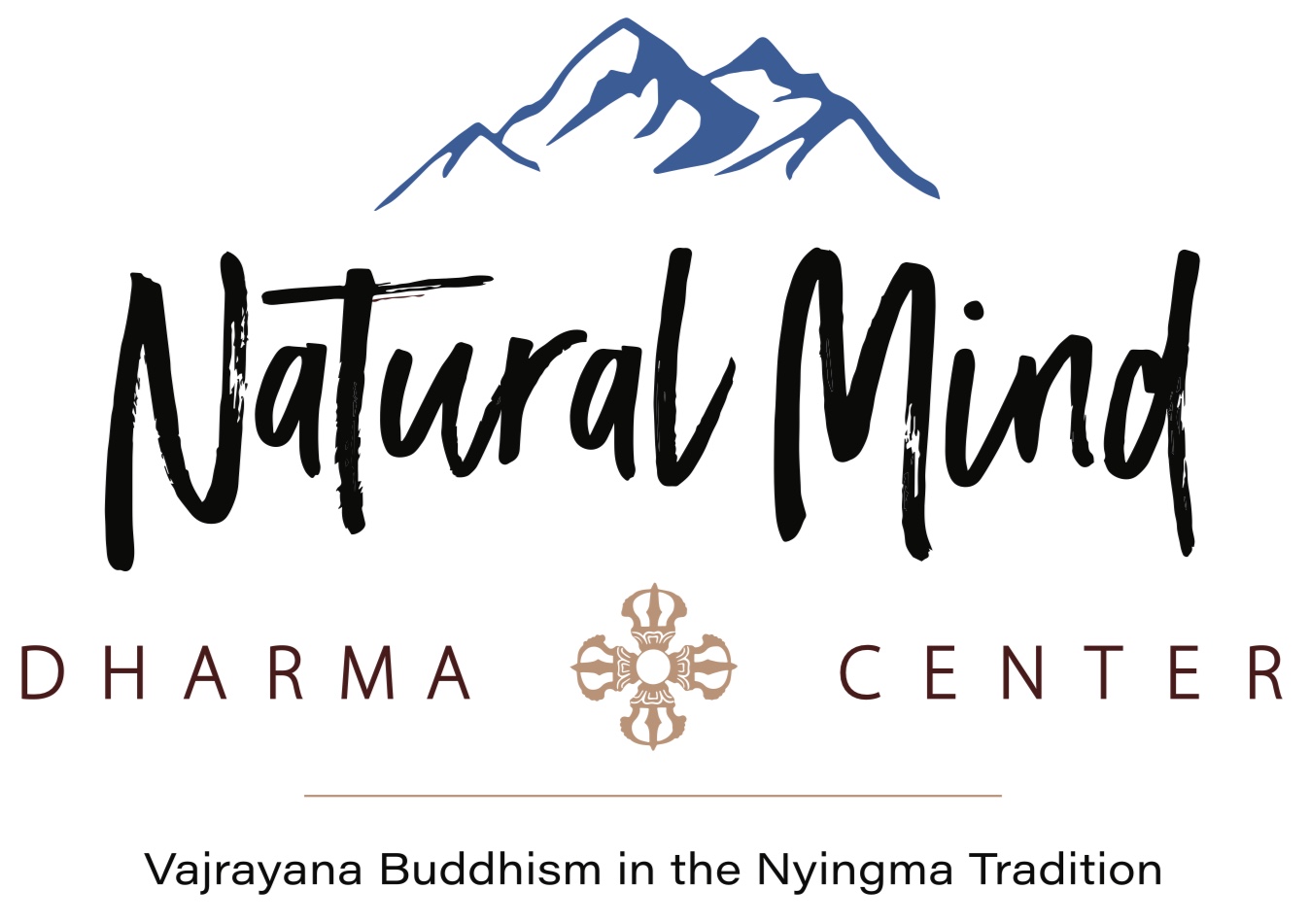New Habit
Losar, the Tibetan Lunar New Year, began on February 12. The celebration continues for fifteen days during which all activities are multiplied by 100,000 times. Traditional Tibetan New Year preparations include deep cleaning of one’s house and attending ritual ceremonies to symbolize overturning and sweeping away old obstacles. People often make a promise not to indulge in harmful or unskillful behaviors—to turn over a new leaf. In Buddhist dharma terminology we say that we want to remove our negative habitual tendencies.
The best way to welcome the New Year is to begin a new positive habit. In Tibetan, the word gom is usually translated as “meditation”, but it more accurately means to “habituate” or “become used to”. That’s what a habit is—something we become accustomed to without thinking about it. Through meditation, we remember our true nature and become habituated to the natural spacious awareness of our wisdom mind.
This is a particularly good time to start developing the beneficial habit of settling the mind. It is best to begin by carving a sacred time early in the morning and slowly growing your practice according to your capability. Consistency is more important than time. Meditating twenty minutes every day, consistently, will bring more benefit than meditating one hour one day per week. Also, it is essential to blend the time spent settling the mind with moment to moment awareness throughout the day. There is an old saying, “No sessions. No Breaks.”
So, begin now. Let the mind relax. Notice the space between thoughts and remain there. Aspire to accomplish the “habit” of meditation throughout the day. In the Christian tradition, the monk or nun wears clothing called a “habit”. They wear their spiritual intention. It is the same for vowed Buddhists. As householders our clothing is more subtle, but we should don our meditation practice every morning, and wear it continuously for the benefit of all beings.
